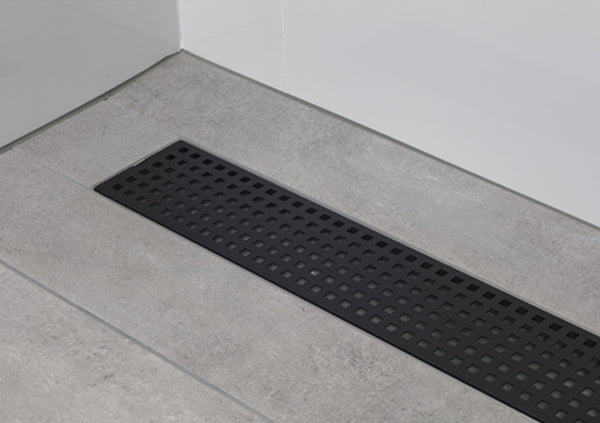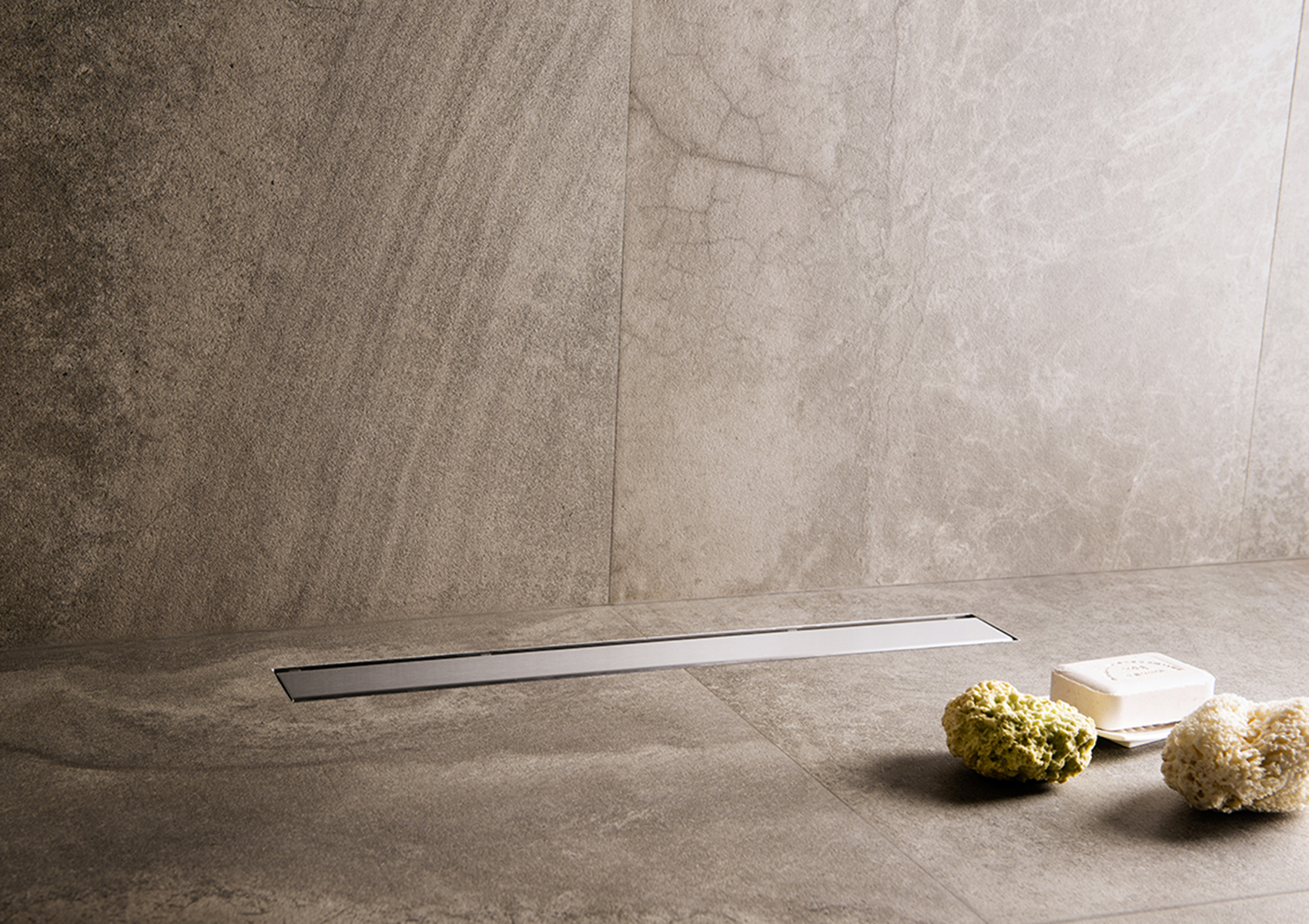Tackling-Dealing with-Managing Your Own-Personal-DIY Shower Drain-Bathroom Drain-Drainage System Installation-Setup-Project
Tackling-Dealing with-Managing Your Own-Personal-DIY Shower Drain-Bathroom Drain-Drainage System Installation-Setup-Project
Blog Article
Just about everyone maintains their personal theory when it comes to How to Install or Replace a Shower Drain.

Upgrading a shower room is just one of the more popular house enhancement jobs. Dealing with the plumbing for draining your shower can be extremely simple unless you go overboard.
Handling Your Own Shower Drainpipe Installation Job
You can physically develop an enthusiast for your brand-new shower, but you truly require to think about it. Do you truly intend to enter the problems of obtaining the sloping proper, not to mention seeing to it every element of it is waterproof? And also I indicate every facet! It is a lot easier to merely get a pre-cast collection agency online or at your neighborhood Lowes, Home Depot or hardware shop. Structure one could sound like an excellent suggestion, however you will probably really feel in different ways after a number of hours.
No matter exactly how you tackle obtaining a pan, you should strive to use one that has the drainpipe located in the very same spot as the initial pan. Moving the drainpipe pipes can be a job, particularly if the building contractor used a special framing structure. If you are established to move the drainpipe, you are going to have to reduce the pipeline or lengthen it, which may indicate destroying big pieces of the floor. Put another way, you are mosting likely to be considering a numerous weekend break job.
Assuming we have our drainpipe aligned, the actual hook up is fairly straightforward. The drain pipe need to be encountering vertical up to the enthusiast. It will frequently resemble a "U", which indicates it acts as a cleanout to maintain nasty scents from returning up from the drain. To attach the drain, you are mosting likely to create a water tight link between a drain cap on the top of the frying pan and also the drain pipe. Systems vary, however you are generally mosting likely to do this by putting a coupling piece on the top of the water drainage pipe. This is then covered with gaskets and essentially screwed into the drain cap. The drain cap must work as a locknut, to wit, it screws directly onto the combining.
The challenging part of this procedure is obtaining your drain cap to fit into a watertight placement in the frying pan. This is completed by backing off the drainpipe cap when you are sure whatever meshes. Then, you placed plumbers putty around the underside of the cap and then screw it back on. The putty must create a tight seal in between the cap and also the shower frying pan, which maintains water from dripping under it and right into the framing under the shower.
Obviously, bathroom showers can be found in a wide array of styles nowadays. If you purchase an enthusiast, they often come with plumbing directions or the shop can note anything uncommon you should understand. It sounds complicated, yet is generally rather straight forward. Have a good time!
Whether you are a bath tub or shower person, most individuals look for shower only choices when acquiring a home. This easy truth suggests greater than a couple of homeowners spend a weekend upgrading or installing showers in their restrooms. Luckily for you, it is a relatively easy procedure.
A collection agency or pan refers to the straight surface area situated at the bottom of the shower. The collector typically consists of a non-slip surface area somewhat banked towards the facility or any place the drainpipe lies. Integrated with 3 to 4 inch wall surfaces around the side, the goal of your shower water drainage plumbing is to get the water to stream to and away.
Tips for Installing a Shower Drain Assembly
Renovating a bathroom can be exciting as well as fulfilling if you’re tackling the job DIY-style. After you cross off the bigger decisions such as tile style, paint colors, and fixtures, you’ll need to finalize smaller details – such as the shower drain. In this article, we’re sharing some tips for selecting and installing the right drain assembly for your updated shower.
What is a shower drain assembly?
Shower bases or pans typically only come with a pre-drilled drain hole. Since the pan slopes toward the drain, you should consider the placement – left, center, or right – when designing your shower. You’ll need to purchase and install a shower drain assembly that connects the shower pan to the drain pipe underneath the shower. There are a few types of assemblies, which will be covered below.
Size of a shower drain
When it comes to installing drains, size matters. The recommended pipe size for a shower drain is 2 inches, whereas most tubs use 1.5-inch pipes. Why the difference?
Shower pans are shallower than tubs, so there’s a higher risk for overflow. So, the larger pipe allows for quicker draining. If you are replacing an old tub with a newer stand-up shower, you will need to make additional plumbing adjustments to accommodate the 2-inch pipe.
Types of shower drain assemblies
There are three common types of shower drain assemblies: compression shower drain, solvent-glue shower drain, and tile shower drain. The layout, design, and materials of your shower can determine which type of shower drain assembly will work best.
Compression shower drain
This type of assembly attaches to the drain pipe with compression washers and nuts. The drain fitting is typically installed into the base, and then the base is installed into the bathroom floor. This makes compression-style drains easier to install than other options, particularly if you don’t have easy access from the floor under the shower base. Drains are available in a wide range of materials such as PVC (polyvinyl chloride), ABS (Acrylonitrile Butadiene Styrene), and brass, and can be used for acrylic, fiberglass, and steel shower bases.
Solvent-glued shower drain
Made of either polyvinyl or ABS, this type of shower drain is sealed to the drain pipe with solvent glue and silicone. Since you’ll be working underneath the drain pan, we only recommend using this type of drain if you have access under the shower, such as from a basement or crawlspace. It’s also important that you match the type of plastic of the drain with the drainpipe. If you take these precautions, you can install a solvent-glued drain assembly with acrylic, fiberglass, and steel shower bases.
Tile shower drain –
Drain assemblies for custom tile showers feature a waterproof membrane liner placed between two flanges. The tile is installed on top of the liner, collecting any water that seeps through the porous grout. A metal strainer is installed in line with the tile over the drain.
https://www.epshawaii.com/blog/tips-for-installing-a-shower-drain-assembly/

I'm just very interested by How to Install a Shower Drain in a Basement and I hope you enjoyed our article. Are you aware of another individual who is fascinated with the niche? Be sure promote it. We recognize the value of reading our article about How to Install a Shower Drain in a Basement.
Report this page